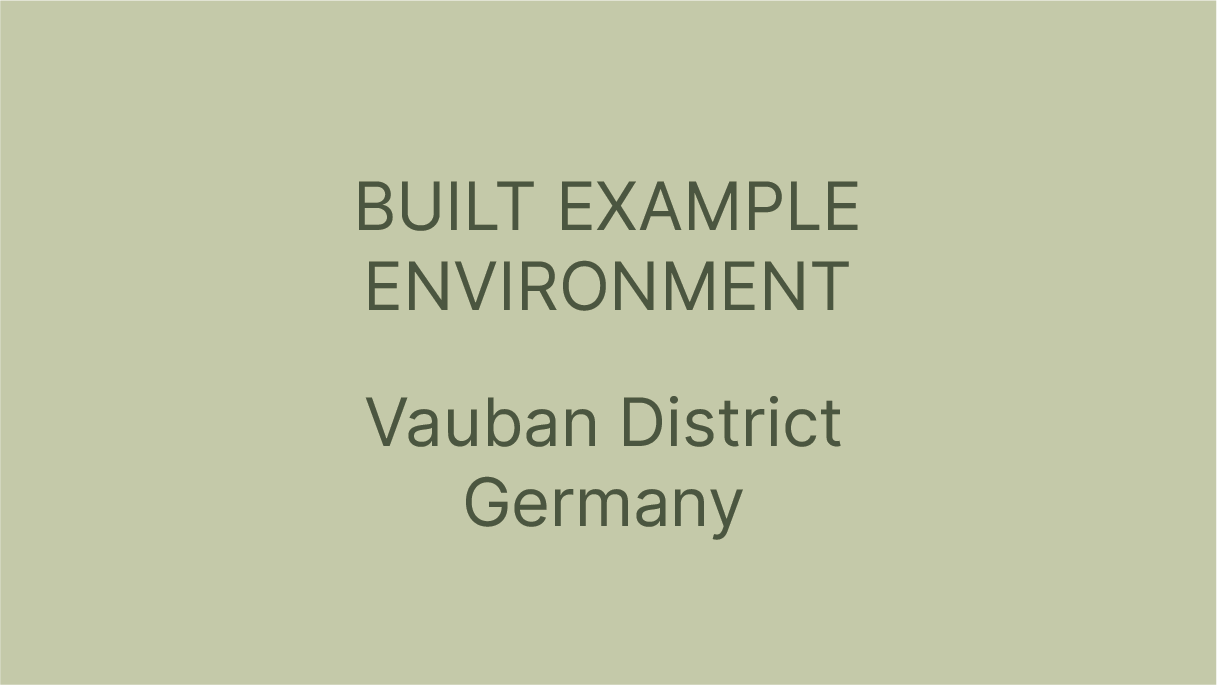Maggie’s Yorkshire
Maggie’s Yorkshire is a cancer care centre at St James’s University Hospital in Leeds, designed as a group of large planters rising out of the hospital’s last remaining green plot and using the restorative effect of contact with nature.
Sanya Mangrove Park
The Sanya Mangrove Park project exemplifies a holistic approach to climate change adaptation, addressing the intersection of ENVIRONMENTAL degradation, urban development, and green and blue INFRASTRUCTURE. Situated in Sanya, China’s Hainan Province, the project transforms a former landfill enclosed by concrete flood walls into a thriving mangrove ecosystem and public park. Through innovative design strategies such as interlocking finger-like landforms and terraced landscapes, the project attempts to mitigate the impact of annual tropical monsoon storms and pollution while enhancing biodiversity and ecosystem services. Moreover, its emphasis on public accessibility and community engagement fosters a sense of environmental stewardship and resilience among residents,
Eko Viikki
Eco-Viikki is the first ecological neighbourhood built in Finland between 1994, the year of the first competition, and 2004. The aim was to build a sustainable neighbourhood, capable of answering and addressing FUTURE crises while providing HEALTH AND WELLBEING to its inhabitants. Two competitions were held. The first competition aimed to establish the town plan, which was won by architect Petri Laaksonen with a vision linking the built environment and nature together. Then a second competition at building scale was held where every submitted project was evaluated based on their ecological qualities and ability to meet this wider vision. A completely new and innovative set of ecological criteria (PIMWAG) was created to evaluate the ecological potential and commitment of the submitted projects. In addition to its value as an ecological living environment, Eco-Viikki acts as a prototype, testing theoretical ecological solutions in design and practice. Finally, providing empirical results of the neighbourhood and the way its PERFORMANCE has been evaluated and monitored is exemplary and enriching.
Overheating Prevention
Building overheating is an increased risk in a changing climate, and is influenced by outdoor environmental conditions, the design of the building, internal production of heat and occupant behaviour. Overheating affects the health and well-being of people, especially older and vulnerable people and can lead to increased injustices and can cause increased mortality. Key strategies to prevent overheating that you should include in your project is to first and foremost ensure all sources of overheating are tackled first and risks minimised. Then provide green, blue and social infrastructure at macro, meso, and micro-scale (building-scale). The design of the building should also include: light coloured surfaces, careful building form, orientation and design of windows, efficient fabric with summer solar shading and appropriate (night) ventilation strategies.





